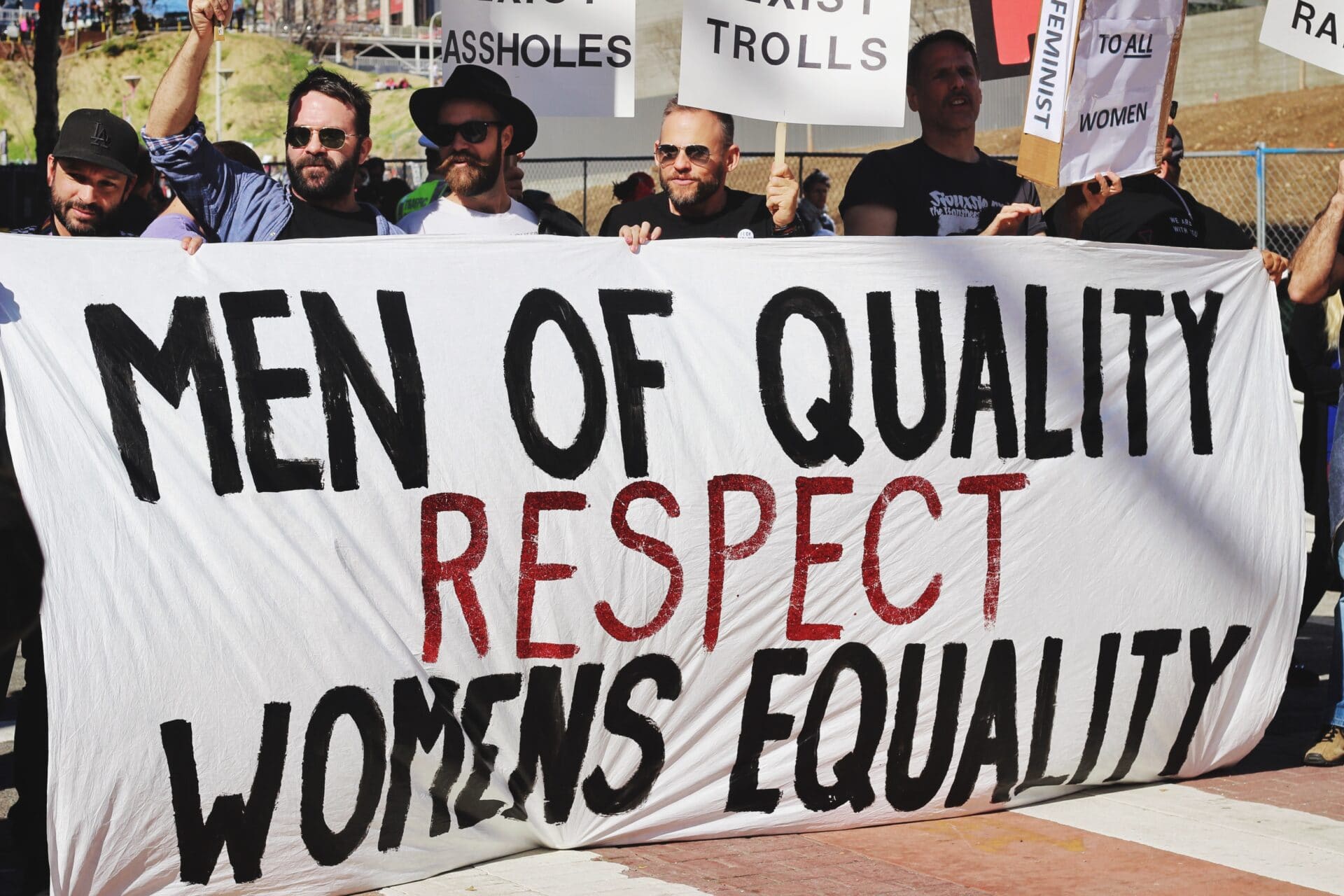Women – Empowerment, Leadership Development
For leading organizations, inclusiveness of women in leadership positions is fundamental to enhancing their reputation in the marketplace, and it results in improved financial and organizational performance. Employees who perceive few opportunities for advancement in their organization often say that they have given up on career opportunities due to the environment—and this is particularly true for women.This is ironic given that women make up roughly 50% of the world’s population, and in most organizations and industries-women make up more than 50% of the workforce at the entry level. So, how can companies build and promote an environment of empowerment and leadership development for women? What are the mechanisms in play to increase diversity – including women at the top?
IAOP’s WELD chapter has been formed to provide a forum for discussion on this and related topics. Personally, I have been an active supporter for this initiative, dating back to my executive days at Xerox. In fact, I recently gave a presentation at an event discussing “diversity” – a way to innovate and be more competitive in the marketplace.
As the title indicates, for me empowerment and leadership development are two related but separate topics. By using them together, we open a door for excuses and non-actions.
For example, in the U.S.,women’s suffrage empowered amendment to the constitution hasn’t cleared all state legislatures (it is still 3 state approvals short). Some claim that while women are empowered, they still don’t have equal rights as men. This lack of recognition of women’s empowerment leads to fewer opportunities for developing women to vote; yet equal rights women leaders. The U.S. House of Representatives and the Senate only have 20% female elected members.
There is another subtle but important distinction between empowerment and leadership development. Creating an environment of empowerment is mostly a cultural shift while leadership development is an act and a process. As we will see later, there are common steps for both but there are important differences as to how to create and implement them. Note the Wikipedia© Reference as shown in the sidebar. We have had examples of organizations – even in the new technology world-where the empowerment of women and minorities is made difficult because of a hierarchical culture. In a recent McKinsey©survey, “over half of the employees interviewed, across multiple areas of the organization, said that their leaders would give them responsibilities, but would fail to let go of authority.”
On the other hand, leadership development is a program or a process that imparts leadership characteristics and behavior consistent with the charter and strategy of the organization. Many organizations have identified leadership development as a key initiative for their success. Yet, the same organizations have not targeted women (and often minorities) to be candidates in their program. The culture of the existing leadership and organization may stymie change. Unlike creating an empowerment culture, leadership development requires a level of investment – resources and budget – by the management.
So, how can an organization promote the concepts of empowerment and leadership development for women (and minorities)? I believe there are three critical components: Culture, Organization and Practice.
Culture:
Perhaps, this is the biggest factor that can either create the environment or suppress it for both empowerment and leadership development. Culture is the common value and code of conduct shared by all employees. A corporate culture allows employees to have a sense of mission, feel responsibility, and work towards the overall goal of the company. It is a set of beliefs, values and behaviors accepted and practiced by the society-organization.
An empowering culture allows everyone to freely express their views and opinions. It is a culture that does not dismiss opinion as irrelevant or immaterial. Women (and minorities) must feel that they are listened to, and responded to, with respect and dignity.
Cultural diversity and acceptance doesn’t just happen by holding training classes or issuing policies. It requires continuous behavioral re-enforcement and an atmosphere accepting of diversity. Achieving parity is neither a “race” nor an event, and there are no mileposts to accomplish.
Culture change and reinforcement is driven by the leaders and their beliefs in these concepts. Leaders are measured by their behavior and actions, not just their words. At present, as most organization are still led by men, it is their personal commitment that will drive the culture and, if necessary, a change in the organization.
Organization:
Even though culture plays a significant role, organization does impede or promote opportunities for women (and minorities) to advance. A key aspect of organization development is creating an environment where participants can learn to lead. Mentorship is important in imparting experience and providing personal guidance for individuals. However, such a mentorship program is difficult to define and maintain in an organization. It also requires senior leadership to not just endorse it but practice it. A hierarchical organization with a steep pyramid structure limits the opportunities to do so. Some organizations create “staff” positions for senior executives where the participant can learn from up close observations. Xerox used this method extensively and in fact, two of the recent women CEOs had gone through such staff assignments before moving up the corporate ladder.
Another critical aspect of executive development for women comes from creating opportunities to rotate in different functions and responsibilities. This allows them to learn more about the organization create affinity with other executives and understand their strengths and weaknesses. This aids women in accepting or rejecting appointments, and prevents failures which might be blamed on the basis of sex.
Practice:
Creating a culture for empowerment and establishing a leadership development process will not work if the organization doesn’t put them in practice – through policies and procedures. If all levels of management are not fully on board, senior leadership may not be able to detect problems nor influence day-to-day practice. Tools such as setting up measures that are reviewed through the entire organization ladder and periodic feedback from participants, through surveys and group discussions, are critical. An organization known for their culture and practice for women empowerment and leadership, expects their managers to maintain a set of statistics for their participations in projects. These are reviewed often and are used in their “lessons learned” sessions.
Organizations can only succeed when they fully utilize their entire workforce to their best ability. When a large majority of the workforce is not fully empowered, businesses are not just creating less value; they are destroying their value in the marketplace. Leadership of any business should be based on merit, accomplishments and potential.
Businesses need to get to a point where talent – regardless of sex or ethnicity -is an ongoing conversation. It is driven by the senior leadership but the message has to be woven into the fabric of the organization.



